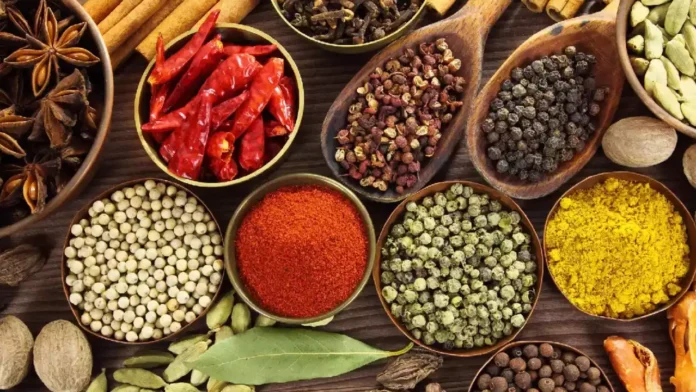The American Spice Trade Association (ASTA) has reached out to the Spices Board of India to clarify that ethylene oxide (ETO) is sanctioned for spice treatment in the US within specified tolerance boundaries. Responding to recent concerns regarding ETO usage, the industry organization emphasized that restricting “this vital treatment approach” might lead to inadvertent repercussions regarding the adherence of Indian spices to US food safety standards.
This development comes at a time when certain spice products have been subject to recalls by food safety regulators in Hong Kong and Singapore. In response, the Spices Board of India has issued guidelines advising exporters against utilizing ETO as a sterilizing agent in spice consignments, proposing alternatives. Moreover, the board has outlined the Maximum Residue Limits (MRL) for ETO permissible in major markets, including the EU, the UK, and the US, within these guidelines. ASTA, representing over 200 companies involved in spice manufacturing and marketing in the US, has drawn attention to these developments.
Continue Exploring: MDH and Everest spice controversy threatens over half of India’s spice exports, urgent action needed: Report
The industry body highlighted that the US annually imports over 100,000 metric tons of spices from India, totaling a value exceeding $360 million. It emphasized the necessity for all imported spices to undergo a validated sterilization process, such as ETO (ethylene oxide), before entering the US market. According to the ASTA letter, current US regulations allow the use of ETO treatment on imported spices and spice products as long as residue levels adhere to specified tolerances. Additionally, the letter underscored that without ETO treatment, imported products face elevated risks of harboring pathogens and failing to comply with FDA food safety regulations.
Highlighting that ETO is an approved antimicrobial fumigant in the US, ASTA also emphasized that its tolerance limit, or Maximum Residue Levels, is set at 7 parts per million (ppm) for herbs and spices. “Both the US Food and Drug Administration (FDA) and the US Environmental Protection Agency (EPA) have confirmed the safety of consuming spices treated with ETO,” it added. According to ASTA, the US spice industry heavily relies on ETO sterilization as a primary method to adhere to FDA regulations. ETO has remained one of the pivotal methods employed by US spice importers to meet these standards.
Continue Exploring: US FDA probes contamination allegations in Indian spices MDH and Everest
It further stated that spices lacking a ‘validated kill step’ before import to the US will be classified as ‘Not Ready-To-Eat’ and must bear labeling indicating ‘Not Processed to Control Microbial Hazards.’
ASTA emphasized that “banning this essential treatment method could lead to significant unintended consequences regarding the adherence of Indian spices to US food safety regulations.”





